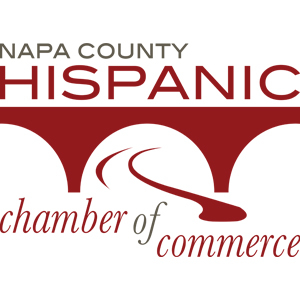A No-Nonsense Guide to DIY Design for the Overloaded Entrepreneur
You probably didn’t start your business because you dreamed of kerning fonts at 11 p.m. on a Wednesday. But somewhere between inventory spreadsheets and chasing down invoices, you realized: the branding? That’s also your job now. And while design isn’t everyone’s favorite hat to wear, it’s one you can still make look good—without devoting hours to learning the finer points of color theory or buying overpriced templates that gather digital dust. For the busy small business owner with too much to do and not enough time, there are still ways to pull together a look that’s clean, professional, and (most importantly) yours.
Keep It Dirty, Then Clean It Up
Most design paralysis starts with a blank screen and too many options. You’ll avoid that rabbit hole by getting messy first. Sketch on napkins, jot weird taglines in your notes app, or take screenshots of branding you like from storefronts, book covers, even graffiti. The mess gives you something to react to, and that’s where the good stuff lives. Later, when you start to shape these raw ideas into something more polished, you’ll have a point of view rather than another cookie-cutter logo with a squiggly line and sans-serif text.
Be a One-Trick Pony (On Purpose)
You’re not trying to win a design award; you’re trying to be remembered. Consistency—boring, wonderful consistency—is your best friend here. Pick one color you can live with and one font that doesn’t make your eyes hurt, and then commit like it’s your job (because it kind of is). Every post, flyer, invoice, or business card should whisper (or shout) the same visual language. When you look consistent, people assume you're professional—even if you're just working from your kitchen counter with a latte and a deadline.
Fonts That Actually Get Along
Matching fonts might sound like the kind of thing best left to professionals, but it doesn’t have to be that complicated—or expensive. The key is to keep it simple: find one typeface you love, then pair it with something neutral that won’t compete for attention. There are user-friendly online tools that help identify fonts in seconds, so you’re not stuck guessing which ones play nicely together. Once you lock in a duo that works to suit your needs, your designs start looking polished without all the trial-and-error frustration.
Steal, But With Style
Originality is overrated when you're juggling twelve other things. Instead, aim to remix. Pay attention to what others in your industry are doing—not to copy them outright, but to borrow pieces that might fit your own puzzle. Maybe someone’s layout is clean and inviting, or their use of bold color gets your attention. Great. Take the spirit of it, then tweak the execution so it reflects your vibe, your audience, your weird and wonderful spin on things. Inspiration isn’t cheating—it’s research.
Build a Visual Shortlist
Busy brains love systems. You’ll thank yourself later if you build a tiny design toolkit early on. Create a folder with five to ten images that scream "your brand" to you—this could be anything from photos to packaging to Instagram posts. Add the colors, fonts, and design elements that feel like they belong in your orbit. Whenever you’re unsure about a choice, run it through that shortlist. Does it fit? Does it clash? Your gut reaction, over time, becomes your design instinct.
Don’t Let Fancy Ruin Functional
It’s tempting to over-design when you're trying to impress. But if your website feels like a puzzle or your flyer takes more than five seconds to understand, you've already lost the attention war. Prioritize clarity. Make your text readable. Let your images breathe. White space isn’t laziness—it’s confidence. People will thank you for making things easy, and you'll thank yourself when you don't have to explain what you meant by that confusing graphic choice you were so excited about at 2 a.m.
You’re the Brand, Not the Typeface
At the end of the day, it’s your business people care about, not your choice of drop shadow or border radius. The real draw is your personality, your story, your product. So while it’s worth putting thought into your visuals, don’t forget that your brand is still a living thing—it breathes through how you talk to customers, how your packaging feels in someone’s hand, and how your emails sound at the end of a long week. Design is the wrapping paper, not the gift.
You don’t need a design degree or a subscription to the latest creative software to make branding that works. What you need is a system you can stick to, a sense of what feels true to your business, and the permission to keep it simple. Done is better than perfect, and clarity beats clever every time. So make your choices, stick with them, and get back to doing the work only you can do—because that’s the part that really matters.
Elevate your business with the Napa County Hispanic Chamber of Commerce and gain access to invaluable networking, education, and growth opportunities tailored for Hispanic entrepreneurs and the broader business community!
